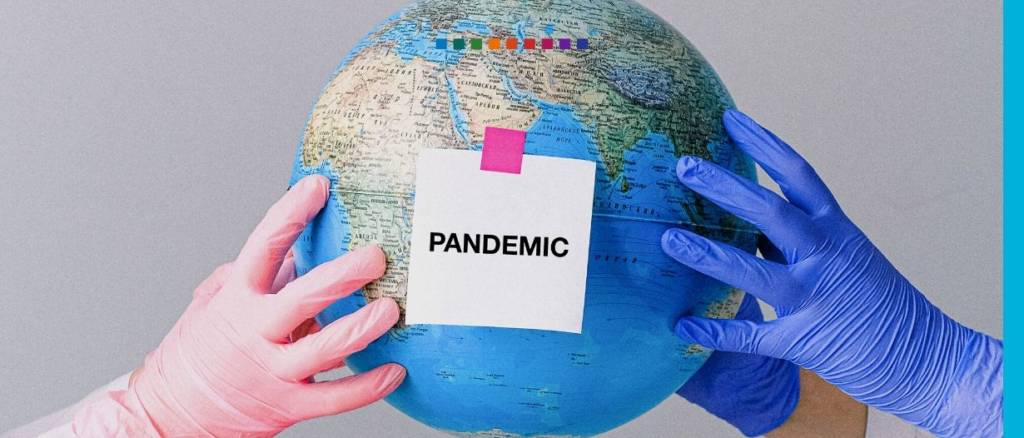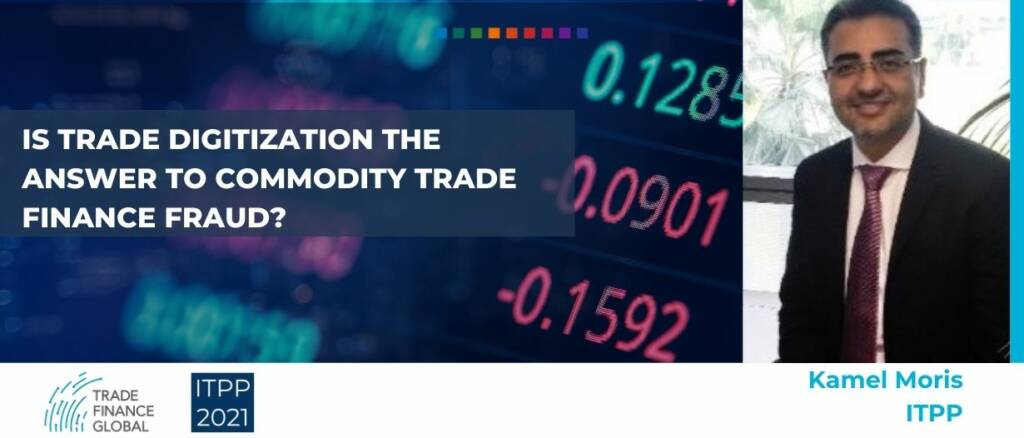The pandemic and the ensuing disruptions in how the world produces, transports, stores, and consumes bulk commodities is placing physical inventory control and monitoring in the cross-hairs of revolutionary change.
Nowhere is this occurring more than within the energy, industrial minerals, and agriculture sectors, where a shift to digitisation is necessary to better protect capital, generate greater profits, and enhance collateralisation.
For instance, a new generation of digital technology has the power to replace physical on-site inventory inspections at mine sites. It can also provide real-time data and images from seafaring bulk freighters, at hydrocarbon storage facilities, and inside grain silos.
In many cases, the power of this revolution lies in its simplicity and low cost relative to the benefits from what are frequently multi-million-dollar transactions.
Trust but verify
More than three decades ago, former U.S. President Ronald Reagan popularised the English-language translation of the Russian proverb: doveryai, no proveryai – “trust but verify” – during nuclear disarmament negotiations with the Soviet Union. Today these three words could easily become the mantra of bulk commodities inventory control.
The just-in-time (JIT) inventory model – first popularised by Japanese automakers, and then adopted almost universally in the 1980s – demanded that supply lines be inherently flexible, inventoryless, even computerless, and replenished by infinitely responsive suppliers.
But this is being replaced by a “just-in-case” mindset.
“Unlike in pre-pandemic times, when JIT deliveries were often the preferred practice in order to manufacture to demand, companies are now forced to shore up inventories to safeguard against shortages,” says David Thambiratnam, chief executive of Veridapt, a leading provider of inventory hardware and software solutions.”
That means they are holding more capital in inventory, creating an even greater need today to monetise inventories to improve liquidity, according to Thambiratnam.
While this diametric shift was in motion before the pandemic, the logistical upheaval caused by COVID-19 is accelerating the process. One example is the commercial seafaring sector, which – like so many caught off-guard by the pandemic – was a laggard in response to the challenges of COVID-19, resulting in less reliable shipping and delivery schedules, which are both lynchpins of the commodities trade.
A reason for this is that as countries impose COVID-19 travel restrictions, seafarers are finding it difficult to get home between contracts.

The aftermath of the pandemic
More than a year into the pandemic, the United Nations estimates that one-fifth of the world’s 2 million seafarers are stuck on ships long after their contracts have expired. This means shipping companies can’t get new crew from their home countries to man ships.
All this is happening while demand for shipping skyrockets, outstripping supply. “Few global supply chains have been spared from the wrath of the COVID-19 pandemic,” the International Chamber of Commerce (ICC) warned in July.
As part of a way to create opportunities for all parties involved in the international supply chain, the ICC recently launched the Digital Standards Initiative in partnership with the Asian Development Bank and Singapore’s government to establish a globally harmonised, digitalised trade environment.

The surge in commodity prices and fraud
Given disruptions to supply, unsurprisingly, the value of commodities is soaring. Crude oil prices were up 19% since January 2020. Iron ore prices climbed 124%, copper 57%, and wheat 37% over the same period.
With commodities worth more, unsurprisingly, inventory fraud is also rising. Without safeguards and technology specifically designed to help prevent and expose criminal activity, there is a risk that many lending institutions will steer clear of commodity financing – the beginnings of which are already emerging.
Fraud is driving banks out of commodity trade finance, with financial stress linked to the COVID-19 pandemic exposing how widespread it had become, a conference organised by the International Grains Council (IGC) was told.
Lambert Commodities partner Jean-Francois Lambert told the conference, held in July 2021, that the situation was more serious than during the 2008 financial crisis. “We are in a similar situation, but even more critical because banks are withdrawing (rather than scaling back operations),” he said. “When banks are withdrawing, because of fraud, because of situations like that, you can imagine they are not going to return tomorrow morning.”
“When banks are withdrawing, because of fraud, because of situations like that, you can imagine they are not going to return tomorrow morning.”
Without more effective weapons to combat fraud, who could blame them?
High-profile commodities fraud cases costing banks hundreds of millions of dollars are making headlines at an alarming rate. Mares Pectron, Zenrock, Marex Spectron, Hin Leong, and Transmar to name just a few.
Digital safeguards against fraud
Veridapt’s Thambiratnam said it was the $350 million Transmar fraud case against the former chief executive of Cocoa Trading that led his company and Macquarie Bank to team up and create better safeguards that only digital processes could provide.
Two years later, Veridapt has successfully expanded from its original focus of providing visibility of fuel supply chains to mining and industrial customers, into a fintech that works with financiers and merchants in providing real-time visibility of collateral.
The aim was simple: to enhance certainty by eliminating much of the human error and limitations associated with more traditional approaches to monitoring commodities.
Maximising inventory controls through digitisation is also integral to meeting ESG goals. Some innovative banks and technology companies, such as Veridapt, are ahead of the curve .
For example, if an oil company wants to sell carbon offset crude, they can work with their bank to monitor incoming and outgoing flows in real-time to offset each transaction. Quantum leaps are also occurring in reporting on emissions based on the production region and originating wellhead. Moreover, fugitive emissions associated with transportation and storage can also be measured. This provides a more complete picture of how much needs to be offset.
While the digitisation of every aspect of business management is rewriting how the world defines workers and the workplace, one constant remains: to generate maximum net returns from an enterprise as a whole.
To that end, Thambiratnam explained, “Digitisation of physical commodity trading is critical if companies want to continue to expand their businesses in the face of increasing risk and diverse opportunities.”
“Digitisation of physical commodity trading is critical if companies want to continue to expand their businesses in the face of increasing risk and diverse opportunities.”
David Thambiratnam
About the authors

David Thambiratnam, CEO, Veridapt
A technology leader with a strong focus on people and helping them reach their potential. With over 20 years of experience driving change, David’s current focus is on the transformation of VERIDAPT from an IoT mining solutions company to a Fintech SaaS commodity management and monitoring company in the banking and financing sector.

Jim Regan, Freelance Journalist, Veridapt
Jim Regan worked as a Senior Journalist for Thomson Reuters News for over 20 years. He now does freelance work.
 Australia
Australia Hong Kong
Hong Kong Japan
Japan Singapore
Singapore United Arab Emirates
United Arab Emirates United States
United States France
France Germany
Germany Ireland
Ireland Netherlands
Netherlands United Kingdom
United Kingdom





























Comments are closed.